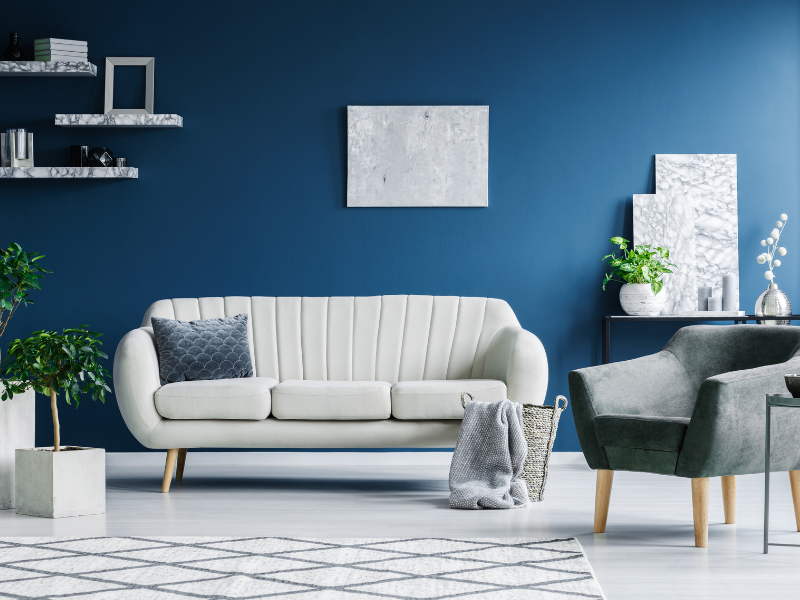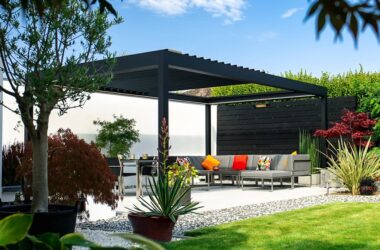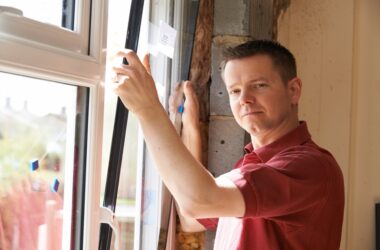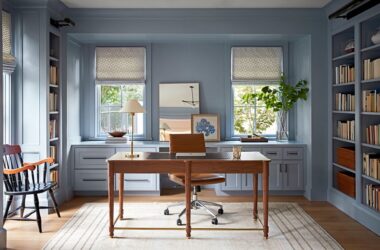If you are wanting a home or studio room for recording music, podcasting and other kinds of voice recording, then you need to prioritise soundproofing.
To produce professional quality audio then you will need to ensure external noises are not heard on the recording. Without a properly soundproofed room, it won’t matter what equipment you have, you will still suffer with noise interference.
So here are some ways you can soundproof your recording studio no matter how big or small the space is.
Increase Density
Basically you will want to increase the amount of material within the boundaries of the room to add soundproofing. According to Mike from Noisestop Systems “Thicker more dense walls aren’t so easily vibrated by sound wave energy.” A more dense wall will either reflect or absorb the sound waves thus stopping the noise from getting into or out of the room.
There are a few things you can do to add mass to your boundaries.
Build Thicker Walls
If building a wall from scratch, make sure you choose thicker drywall in the first instance. You can then choose to add in sound isolation barriers such as silent panels and acoustic panels that can be added inside the drywall as an extra layer.
If you are improving an existing wall then you can add the acoustic panels or silent panels to the exterior of the wall and cover with another layer of drywall. Or build a wall frame and attach it to the wall surface. You can also purchase panels that can be stuck directly to the surface of any wall.
A further measure for adding density to walls is to instal absorbent panels or foam mats. These will soften the noise within the room as well as absorbing external noise pollution.
Seal The Gaps
Just adding mass to the walls will only go so far however, you must ensure that the room is properly sealed to dampen noise and vibrations.
The joints between walls, ceilings and floors will need to be connected to avoid sound leaking in or out. This can be done with an acoustic sealant.
However, if you inner wall elements don’t touch, you won’t be able to utilise acoustic sealant. You can however, use acoustic channels and clips. The benefit to this is that it isolates your structural layers creating air gaps that keep out bass vibrations and preventing them from traveling directly between the frame to the drywall.
You can still use the channels and clips to create a secondary wall to achieve the same isolating or floating effect, even if you have already filled your walls with rigid fibreglass and used an acoustical sealant. This technique doubles the absorption of sound and vibration, which is ideal for soundproofing professional recording studios.
Soundproof Ceilings
You can either use a floating ceiling equipped with acoustic insulation, sound-breaker bars and noise panels as with the walls. Or if building from scratch, you can incorporate these into the build.
It is important to ensure all the boundaries of the room are soundproofed to fully block external noise interference and to prevent the internal sound leaking out.
Floating Floor
You may wish to apply the same doubling concept for your floors as you do for the walls and ceilings. Or you could use thick soundproofing mats over the entire floor to ‘float’ it.
Isolation Pads
Don’t forget the equipment you use may also cause vibrations, such as speakers. So you may wish to instal isolation pads under your kit to prevent the vibrations from effecting your recording.
Finally Fill The Gaps
Look at other areas that may still leak sound such as doors, windows, pipes and air-conditioning vents.
These can be sealed with foam gaskets, fillers or additional insulation. Don’t forget to seal the gap under the door which can be easily done with a door sweep.
For further information and help with setting up your studio, contact us today to talk to one of our professional team.





